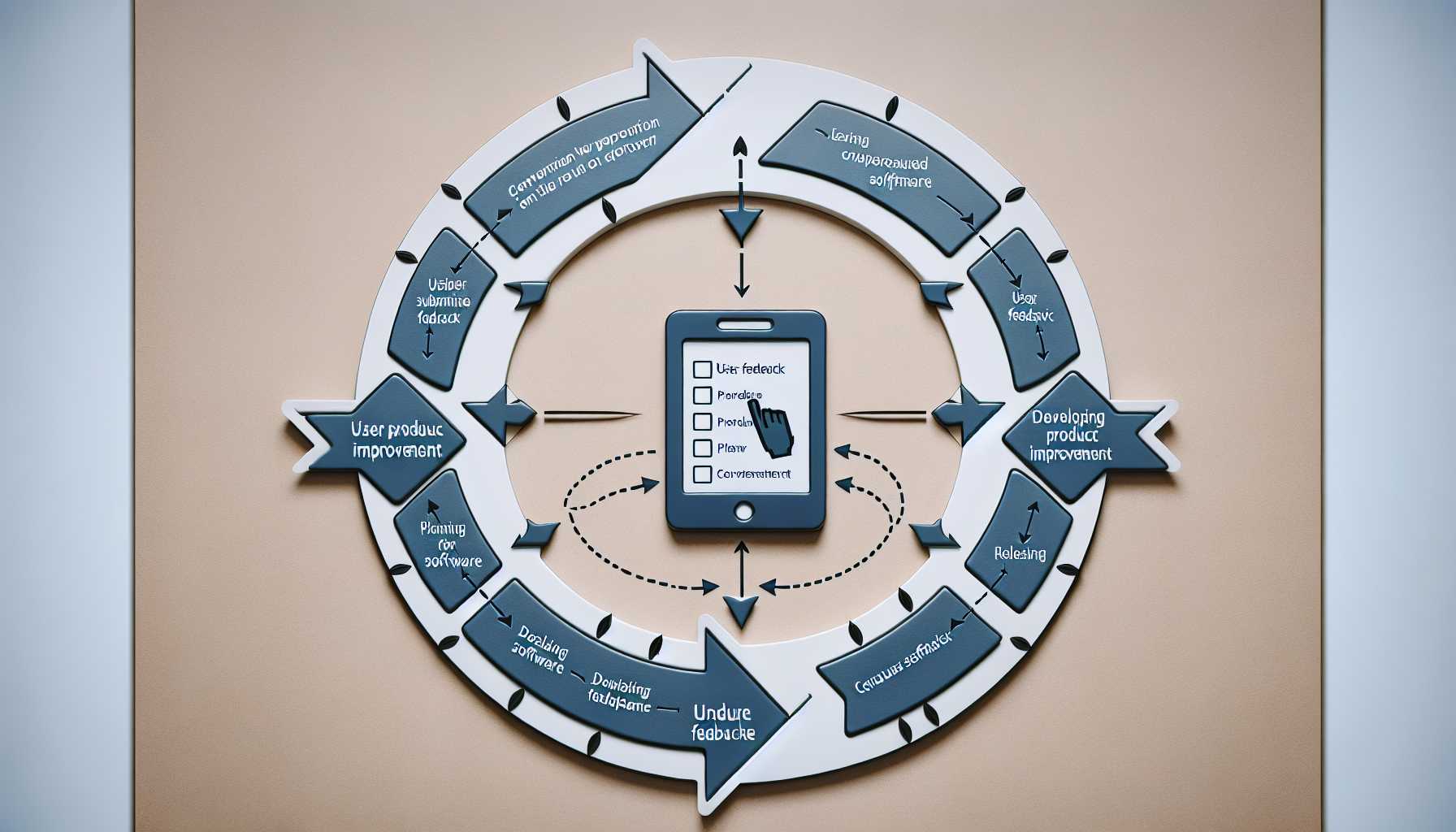Continuous Improvement and Iteration Post-Launch: A Product Manager’s Guide
In the rapidly evolving tech landscape, it’s crucial to have a strategy for continuous improvement and iteration post-launch. Here are some core tenets of an effective approach:
Fostering a Culture of Evolution
Create a culture where constant evolution is the norm. Shift the mindset from ‘delivering a product’ to ‘nurturing a product.’ Every team member should contribute to the product’s ongoing improvement.
Framework Foundations: Build, Measure, Learn
Adopt the ‘Build-Measure-Learn’ feedback loop. Iterate based on user feedback and quantitative data. This process helps refine features that users need and value.
Embracing User Feedback
Establish regular communication channels with users. Incorporate their feedback into your product roadmap. Direct user interaction provides invaluable insights.
Data-Informed Decisions
Go beyond anecdotal data. Use quantitative data to identify patterns and usage trends. This data can reveal hidden issues and guide informed decisions.
Regular Review Cycles
Implement disciplined review cycles (e.g., weekly retrospectives, monthly feature reviews). Ensure that iteration is a rhythmic part of your product’s life.
Meticulous Rollouts
Conduct controlled rollouts to gain early insights. Release new versions to a segment of users before a full launch. This de-risks the launch and allows for adjustments.
Keeping the End User in Sight
Prioritize the end-user in every iteration. Ask, ‘How does this add value to our users?’ Avoid feature bloat and stay true to the product’s core value proposition.
Conclusion
Continuous improvement and iteration are essential for product success. They require dedication, a structured approach, and a culture that embraces learning and evolving.
Share your thoughts and experiences on continuous improvement in product management in the comments below.

